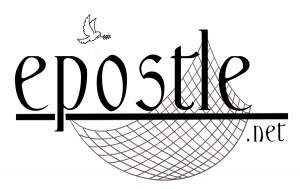Choices: The Lure of Riches
Armodoxy for Today: The Advent Series – Riches
To continue with the Sermon on the Mount, today’s statement from Jesus is, “No one can serve two masters; for either he will hate the one and love the other, or else he will be loyal to the one and despise the other. You cannot serve God and mammon.” (Matthew 6:24) The word mammon literally means riches, in Aramaic.
Today’s message is presented in an axiomatic manner, just as were the last two statements he about treasures in heaven and the light of the body. I would venture to say that it is because you have gone through the Advent Journey for the past month that this statement is accepted without contest. You cannot serve God and riches. Still, Jesus provides a brief argument, that given two choices, we will favor one over the other. The lure of earthly riches is so much greater than the spiritual treasures gained from serving God.
The operative word in today’s teaching is “serving.” Introspection will reveal that we often “serve” our riches, that is the creation of money for the sake of having more money.
Money only finds value in its ability to do work. A million dollars in the bank is merely a one with six zeros following it. No matter how much you serve the money and how much it grows it has no value until it is used. A million dollars in action, that is, in use, is education, books, medical care, food on the table, housing, shelter, assistance to others, etc.
To put it another way, serving money is valueless. Using money gives value to riches. Serving God gives value to your life. Using God, demeans the value of your life.
The lure of earthly riches is so much greater than the spiritual treasures gained from serving God because earthly riches are tangible and occupy our reality. Jesus has now moved the spiritual treasures into this life, so that they is tangible by the good deeds and share our reality.
For today, we pray St. Nersess Shnorhali’s 12th hour prayer as he “confesses with faith. Lord, who wills that which is good, and are the director of the will, let me not follow the inclinations of my heart, but lead me to live always according to Your good will. Amen.


